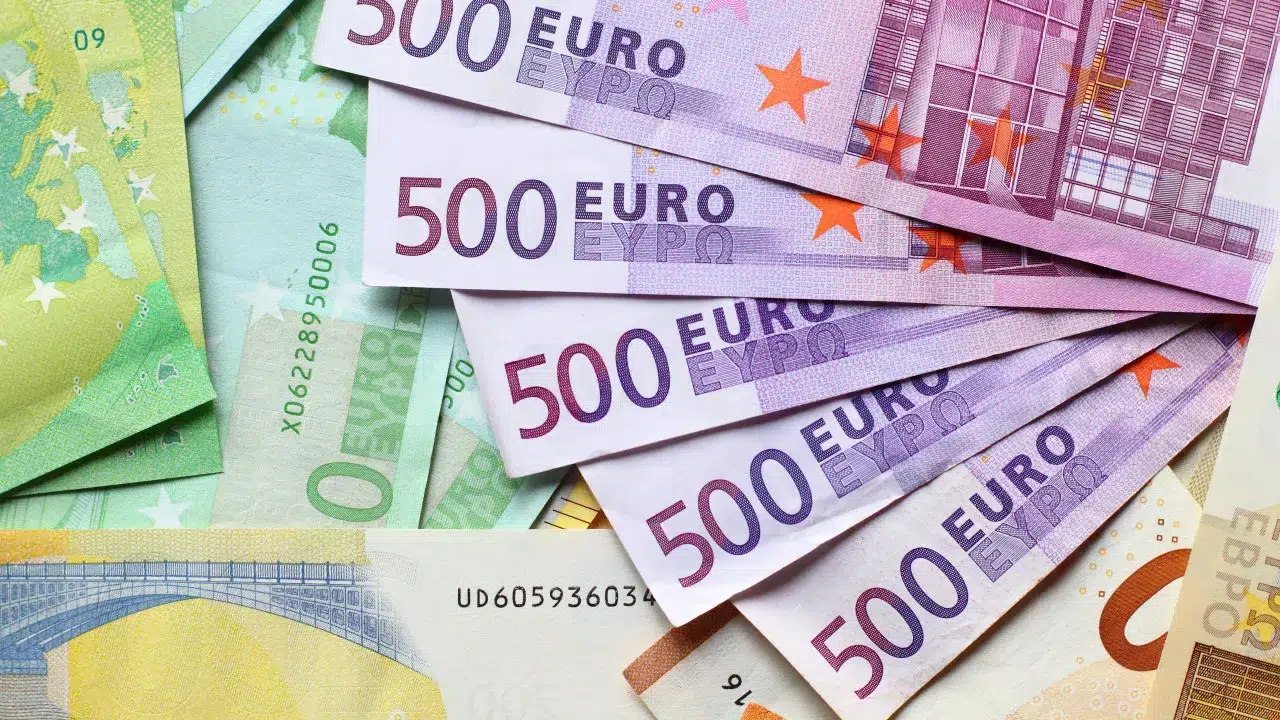
In the first half of 2025, debt in the non-financial sector, including public administrations, companies, and individuals, increased by 32.3 billion euros, reaching a total of 847.0 billion euros, reported the Bank of Portugal (BdP) on Friday.
Of this amount, 468.8 billion euros pertained to the private sector, comprising private companies and individuals, while 378.2 billion euros were attributed to the public sector, including public administrations and state-owned companies.
The public sector debt rose by 19.1 billion euros.
The BdP explained that “this rise was mainly against the foreign sector (14.5 billion), primarily due to net investment from non-residents in Portuguese public debt securities (14.8 billion, of which 13.3 billion were long-term securities).”
“There was also an increase in public sector debt to individuals (+2.1 billion), public administrations (+1.7 billion), and non-financial companies (+1.5 billion), with a reduction relative to the financial sector (-0.7 billion),” it stated.
Private sector debt increased by 13.2 billion euros.
“Debt among individuals rose by 7.0 billion, mainly towards the financial sector (+6.6 billion, of which +5.1 billion was mortgage credit). Private company debt climbed by 6.2 billion, reflecting increases towards the financial sector (+5.0 billion), foreign sector (+0.7 billion), and non-financial companies (+0.6 billion),” it was noted.
Non-financial sector debt as a percentage of GDP
In the first semester of 2025, non-financial sector debt increased from 285.7% to 289.6% of GDP, indicating that debt grew faster than GDP. This change is due to the rise in public sector debt, from 125.9% to 129.3%, and private sector debt, from 159.8% to 160.3%.
In June 2025, private company debt rose by 2.6% compared to the same month in 2024, having increased by 1.8% in May.
The annual variation rate of individual debt recorded its nineteenth consecutive monthly increase, reaching 6.7% in June 2025, the highest since the series began in December 2008.
What is non-financial sector debt?
According to BdP, non-financial sector debt is an indicator that measures the financial liabilities of entities within the non-financial sector towards all economic sectors and abroad.
It represents the amount contractually agreed upon, which these entities must repay to creditors at maturity, excluding interest components. It includes loans obtained, debt securities issued by these entities (notably bonds), trade credit liabilities (debts owed to suppliers of goods and services and customer advance payments), and also responsibilities with savings and treasury certificates and other liabilities of the central administration (AC),” according to the BdP website.
Additionally, the “non-financial sector consists of institutional sectors such as public administrations (AP), non-financial companies (SNF), and individuals (including households and nonprofit institutions serving households).”




